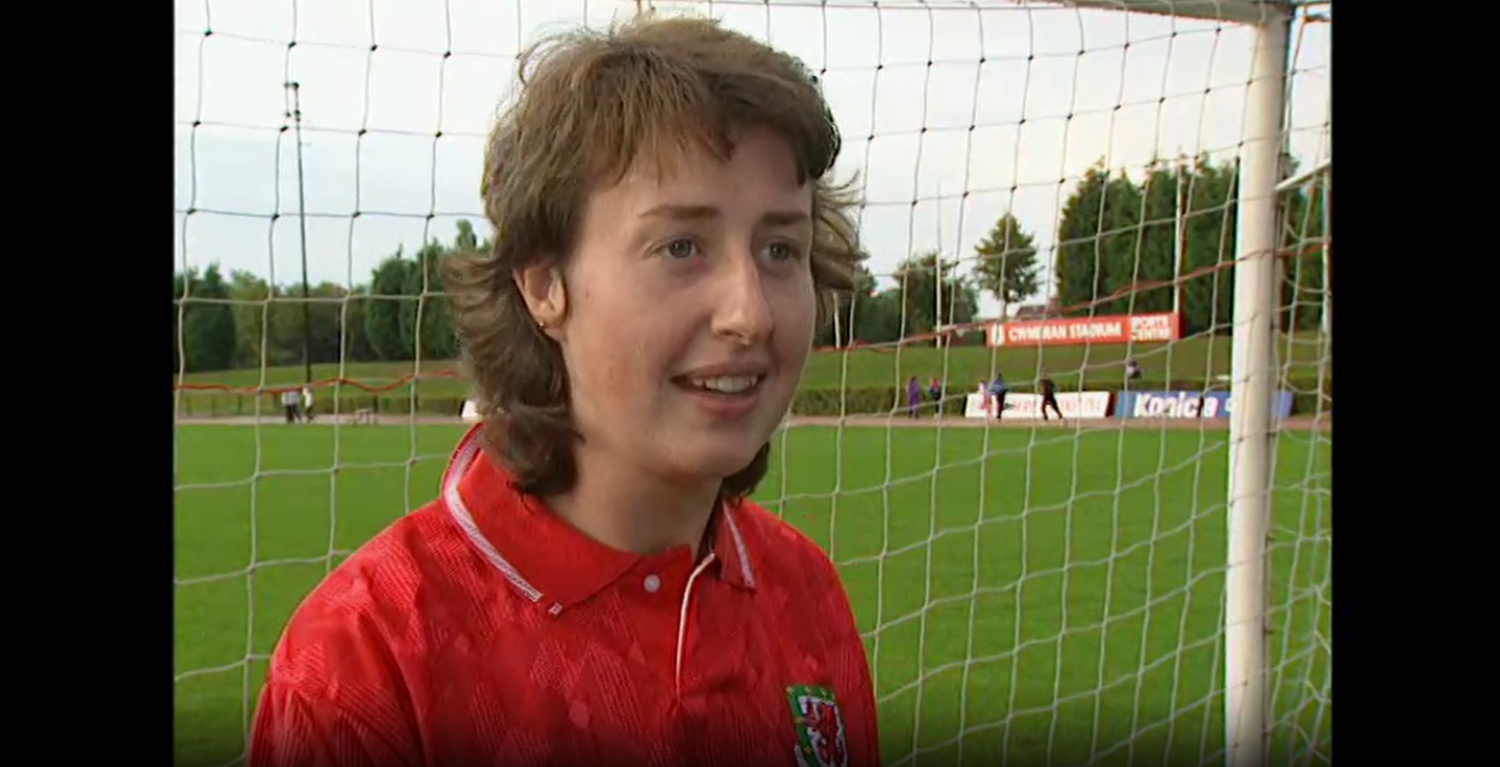Teacher Toolkit
Background
During the 19th century, schools, parishes and local clubs created their own rules to play football; this meant that playing against other teams could be a challenge! There was an attempt to standardise the laws of the sport during this period. An important step in doing so was the formation of the Football Association of Wales (FAW) at the Wynnstay Arms Hotel, Wrexham in 1876. Following that meeting, a letter was published in a newspaper to recruit male players to represent Wales in an international match against Scotland. A team of ten went to Glasgow, but unfortunately, Wales lost 0-4.
Since the first game in 1876, the Wales team and fans have experienced disappointment and elation on more than one occasion. Wales competed at the World Cup finals for the only time (until 2022) in 1958 when they lost to Brazil in the quarter-finals. There are several times when the national team came very close to reaching the finals of the World Cup or the Euros, for example when they lost against Scotland in 1977 and Russia in 2004. In more recent years, Wales’s men had a hugely successful Euro 2016 tournament where they went all the way to the semi-finals.
It is important to remember that women also play the sport. During the First World War, munitions factories often had their own women's teams and large crowds watched the games. Although women enjoyed football, the FAW banned women from playing official matches in 1922. In 1970 the Association allowed women to compete once again, and in 1993 the first Wales women's national team was formed. The popularity of the women's game has grown massively with almost 9,500 girls now registered with clubs across Wales, and playing regularly.
Despite the popularity of the game in Wales, there have been periods when sparse crowds came to watch the games. However, during recent years there has been a rise in support for Welsh football, and Wales fans are now referred to as The Red Wall. Most of the men’s internationals at home are played in front of sell-out crowds, and in October 2022 a crowd of over 15,000 attended a World Cup qualifier for the Wales women national football team in Cardiff.
The culture developed among the fans has extended to the worlds of fashion, music and politics. The Red Wall is also recognised as a symbol of identity, with protest songs such as 'Yma o Hyd' by Dafydd Iwan heard during games.
Posted: 02-11-2022
Possible questions to discuss
- How have newspaper reports changed by today?
- How has the experience of watching football changed?
- How has the Wales football kit and equipment changed?
- What colours are connected with the Wales football team?
- Are the national football teams a part of modern Welsh identity?
Activities and experiences
- Compare football games from different eras.
- Write a newspaper article about a football match.
- Design a Welsh football uniform, hat or badge.
- Add commentary to accompany one of the games.
- Write an article about a footballer.
- Create a piece of art inspired by the Wales team or a player.
Key concepts
(derived from the statements of what matters)
Humanities
- Understanding the past
- Interpret sources and information
- Social and cultural importance
- Identity
- Similarity and social differentiation
- Changes over time
Languages, Literacy and Communication
- Language and belonging
- Listen and understand
- Read words and text
- Understand form
- Writing for different purposes and audiences
Expressive Arts
- Understand context in creative works
- Convey ideas
- Exploring purpose and meaning
- Develop and refine designs
















